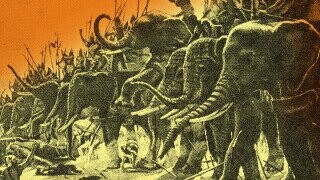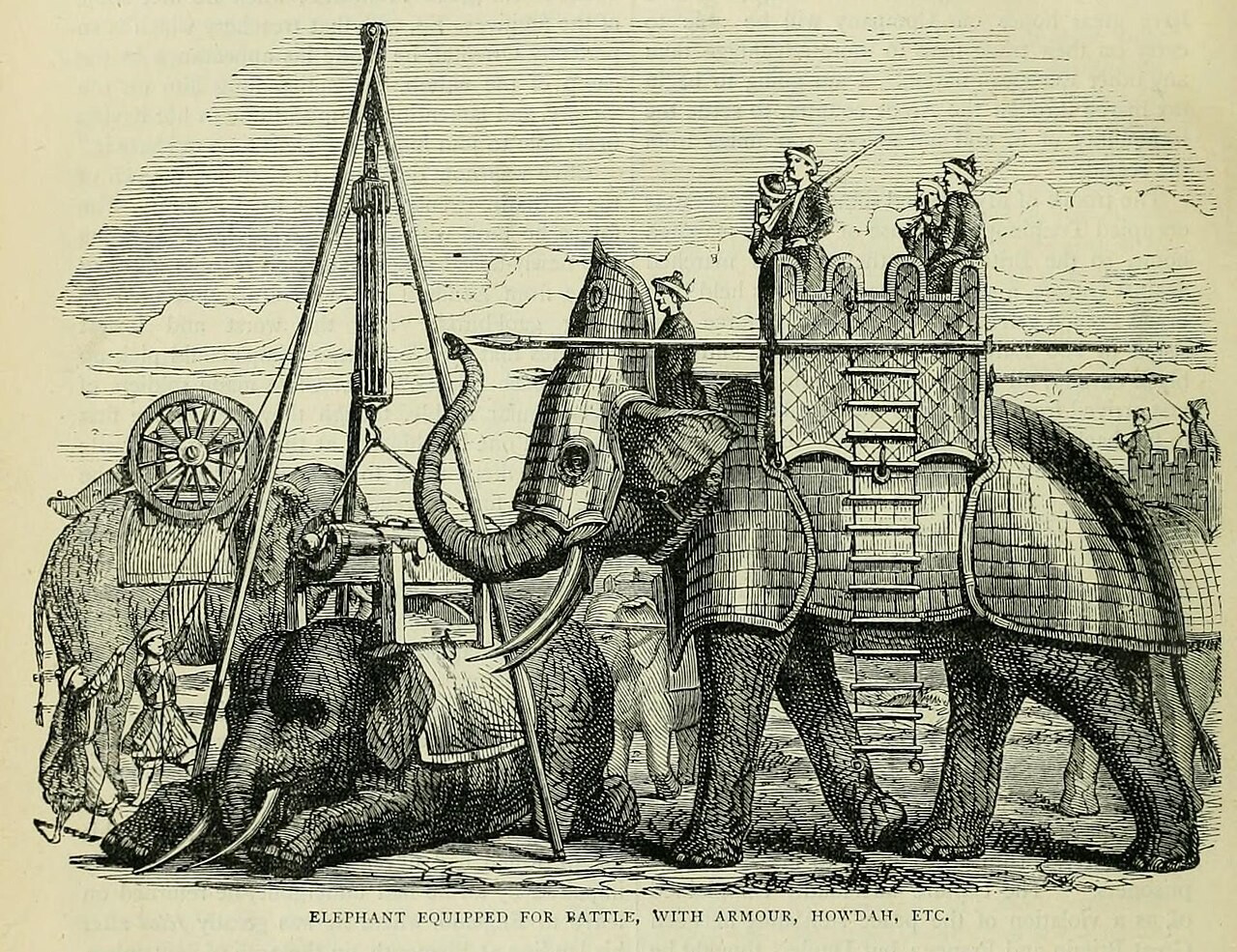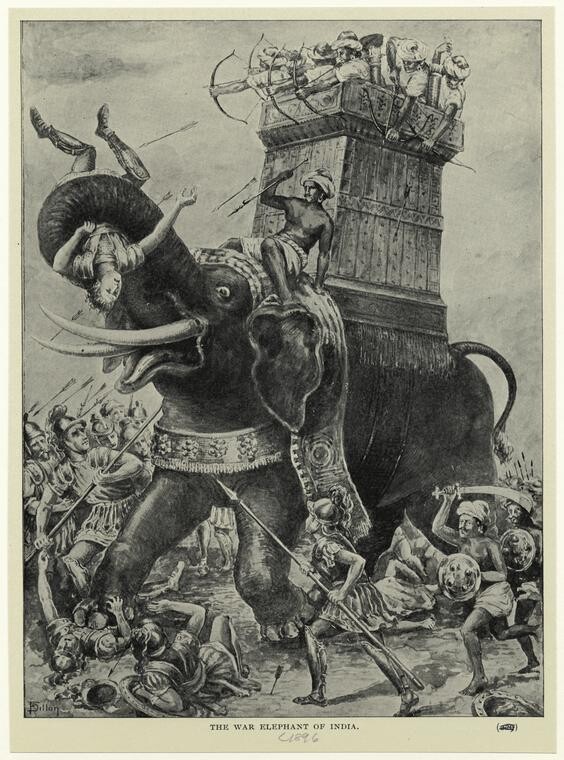War Elephants Were the O.G. Tanks

War elephants are the sickest possible inclusion in any battle scene. One of the planet’s larger creatures, clad in custom armor, sounding their built-in war trumpets as they toss soldiers like rag dolls to and fro. It’s such a borderline ridiculous sight that it might have some people even questioning if they really were trotted out in historical battle. The answer to that, off the bat, is yes, they were very real, especially among Indian armies.
But just how effective were they? Sure, they’re an impressive display of power, and a hell of a way to make a first impression, but when the shit started flying, were they a genuine battlefield boon?
I’m happy to report the following information: War elephants, far from a way to show off, were borderline unstoppable killing machines. In fact, it wasn’t until the invention of gunpowder that they stopped being one of the most powerful forces on an ancient battlefield.
Don't Miss
First, there’s the simple physical truths of facing an elephant with the weapons available at the time. With elephants reaching 12 to 13 feet tall, in a time when humans as a rule were shorter than they are today, there wasn’t much you could do. Even horses didn’t offer much of an advantage, with the elephants still able to knock them to the ground and trample them, if they hadn’t already fled when faced with a strange enemy trumpeting strange sounds.
Add that these elephants were often armored, and some even had spikes affixed to their tusks, and really the best outcome was to inflict what amounted to a pinprick at the cost of being made human oatmeal posthaste. The elephant, on the other hand, didn’t have to do much more than walk or charge forward to take out massive swaths of enemy fighters by its footsteps alone.

As physically destructive as they were, that was equaled if not surpassed by the psychological terror a war elephant caused. Even for someone with the full modern knowledge of the animal, it’s not something you’d be happy to see on the other side of no-mans-land. What you have to remember, though, is that in ancient times, there was a good chance that this wasn’t just the first war elephant they’d ever seen. For many opponents, this was the first time they’d ever seen an elephant, period. You’re trying to gather your courage, and suddenly, you’re greeted by an animal a dozen feet tall that you’ve literally never seen in your life. For them, they might as well have been an actual, mythological giant joining the fray. There are records that a war elephant could win battles without ever engaging, with the opposing troops deciding, understandably, “fuck this” and fleeing wholesale.
There was one final facet of the war elephant that made it fearsome, too. Based on modern images and ideas of elephants, you might think them stoic, gentle giants, and that their participation in battle was borne of confusion. The trampling of humans underfoot a desirable, but unintentional outcome. This is far from the truth, however. Assistant professor of ancient history at North Carolina State University, Bret Devereaux, explains terrifyingly how they were active participants: “Elephants will actually fight in a battlefield situation. They will attempt to crush things, they will try to batter people with their trunks, they have their tusks which they will use as weapons.”
Even something I surely would have assumed was a Hollywood addition, war elephants would indeed pick up soldiers with their trunks and throw them across the battlefield like wet laundry, or bring them to their mouth and bite them.

The ferocity all makes a little more sense knowing that war elephants weren’t domesticated or raised — they were wild, male elephants who had been captured and trained. Meaning their participation in battle was a tenuous agreement, at best. Which led to some of the biggest downsides to their inclusion: There was a chance they would decide it was time to get the fuck out of there, and trample through their own troops while fleeing.
This, in fact, was one of the only ways opposing armies could “defeat” war elephants. Not by causing them any fatal damage, but by sending them into a rage that would make the elephant a highly destructive third party instead of an enemy. Fire and, funnily, the squeal of pigs were both found to be hated by elephants, and camels with lit fires on their back, and flaming, oiled pigs were both used to break the animals mentally, given there was little to no chance of physical success. An enraged elephant was such a danger to their own side that elephant drivers, known as mahouts, carried chisels and swords to sever the spinal cord of the elephant if it lost control.
Which is all to say, war elephants were much more than a bitchin’ addition to a tapestry. They were genuinely some of the most destructive weapons ever used.